Exploring the Best Fast Fashion and Sustainable Fashion
Introduction
The year is 2025, and fashion trends are taking TikTok by storm. Flouncy puff sleeves, plaid miniskirts, and micro purses are all the rage among Gen Z users, flooding your feeds. New drops from major fast fashion brands like Zara and H&M are selling out in minutes as fans scramble to buy the latest looks. However, there is also a growing movement of conscious consumers and sustainable fashion advocates speaking out. Videos and posts tagged #WhoMadeMyClothes and #SustainableFashion have billions of views, urging people to rethink the human and environmental costs of fast fashion’s rapid production cycles. The global conversation surrounding fast fashion and sustainable fashion underscores the need for systemic changes in production and consumption.
As videos about $5 bikinis right next to activists exposing sweatshop labor practices blow up on your feed, you feel conflicted. You want to express your style and stay on top of trends but avoid contributing to pollution, waste, and worker exploitation. The tension between fast fashion’s convenience and affordability versus sustainable fashion’s virtues is growing. This complex issue involves layers of ethics, economics, policy, culture, etc.
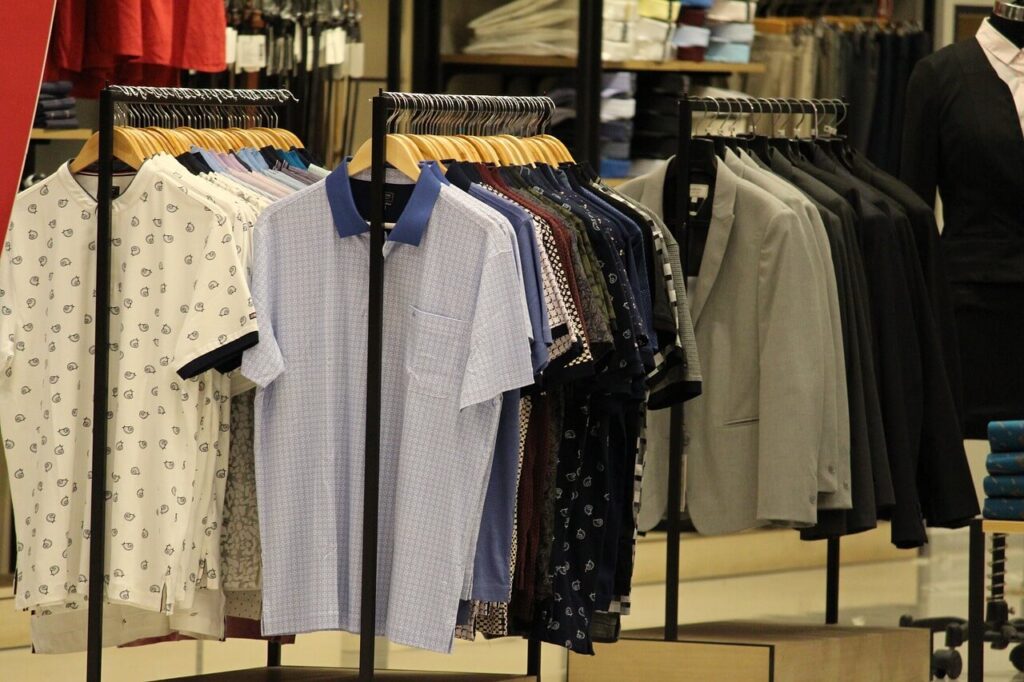
The contrast between fast fashion and sustainable fashion reveals contrasting approaches to clothing production and consumption.
To help you make sense of it all, this blog post will define fast fashion and sustainable fashion, trace the rise of each model, surface key criticisms of fast fashion’s practices, outline how sustainable fashion aims to address those problems, summarize the unique tradeoffs each approach involves, and explore predictions for where the industry is headed. By evaluating multiple perspectives on this issue, you can conclude the dilemmas and opportunities facing consumers and fashion brands today.
The coexistence of fast fashion and sustainable fashion in the market reflects the ongoing struggle between mass production and mindful consumption, challenging consumers to prioritize values over convenience.
The Meteoric Rise of Fast Fashion: How Zara, H&M, and Forever21 Changed the Fashion Game
The fast fashion juggernaut has transformed the clothing industry over the past few decades. While Haute fashion houses once dictated exclusive seasonal trends on the runways of Paris and Milan, fast fashion has made rapidly changing styles accessible and affordable for mainstream consumers. But how did we get here? What fueled the rise of fast fashion mega-chains like Zara, H&M, and Forever21?
The Origins: Taking Cues from Toyota’s Lean Manufacturing
The pioneering fast fashion brand Zara was launched in Spain in the mid-1970s but took off in the 1990s and 2000s. The genius behind Zara was replicating key principles from Toyota’s lean manufacturing within the world of fashion retail:
- Rapid product development – design and produce new product lines extraordinarily quickly
- Streamlined distribution – ship products directly from factories to stores twice a week
- Tracking consumer behavior – watch what sells and what doesn’t; rapidly adjust
- Cost efficiency – centralized operations, in-house production capabilities
By perfecting quick turnaround fashion based on customer feedback, Zara could thrill shoppers with constant novelty while avoiding overproduction and deep discounting.
The dichotomy between fast fashion and sustainable fashion highlights the complexities within the fashion industry.
The Formula Goes Mainstream
Seeing Zara’s success, other retailers replicated critical parts of their model throughout the 1990s and into the 2000s:
- Global expansion – Fast fashion brands embarked on ambitious international growth, saturating Europe, Asia, and the Americas with stores and skyrocketing revenue.
- Trend replication skills – Fast fashion brands are adept at identifying popular styles and copying designs swiftly for their private label collections.
- Cheaper prices – By relying on offshore low-cost manufacturing, they drove prices down even further.
- Mall domination – Chains like Forever21, H&M, TopShop, and Uniqlo took over prime real estate in malls across the globe.
Fast fashion was now available at the neighborhood level almost everywhere at entry-level price points once reserved for thrift stores and discounters.
Gaining Market Share
As production moved overseas and prices dropped low enough to drive up volumes exponentially, fast fashion retailers steadily captured apparel and accessories market share from department stores and other fashion brands throughout the 2000s. Their rise seemed unstoppable until the 2020 COVID-19 pandemic temporarily shuttered retail and disrupted global supply chains.
Bridging the gap between fast fashion and sustainable fashion requires a multifaceted approach.
In over three decades, Zara’s lean manufacturing model gave rise to fast fashion empires, which democratized access to rapidly changing style trends for the masses. However, such meteoric growth also brought mounting criticisms about sustainability and ethics.
The coexistence of fast fashion and sustainable fashion in the market reflects the ongoing struggle between mass production and mindful consumption, challenging consumers to prioritize values over convenience.
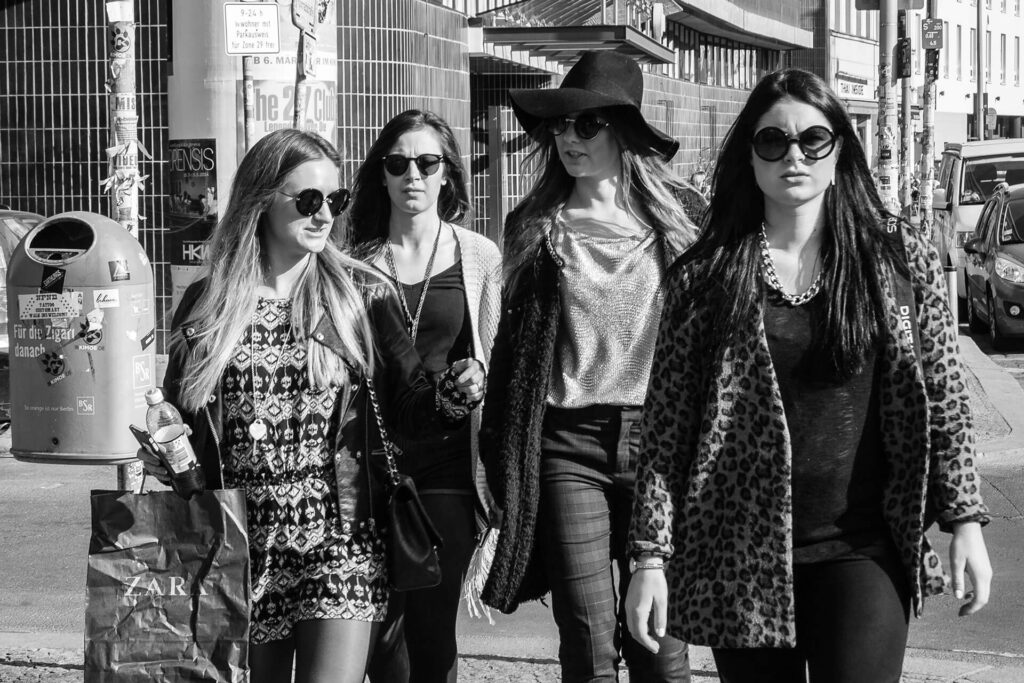
The Dark Side of Fast Fashion: Disposability, Pollution, and Worker Exploitation
Fast fashion’s rock-bottom prices and ever-replenishing selection seduce shoppers worldwide. But conscience-stricken investigative reporters, watchdog groups, and activists want consumers to reconsider the costs behind those €5 graphic tees and $15 dresses. Beyond clever logistics and economies of scale, how do global fashion empires offer inexpensive clothes, and what’s the impact? Here’s an in-depth look behind the curtain.
Barely Wearable Quality
Fast fashion prioritizes speed over durability to produce vast volumes of garments nonstop. Rushed manufacturing frequently results in shoddy construction and cheaper fabrics. Rather than silk or high-grade cotton, most items contain polyester blends and thin knits prone to holes, tears, shrinking, and warped shape.
While apparel in times past was often handed down for generations, one study found most fast fashion only survives 10 wears on average. Critics argue this frequent disposal fuels needless environmental harm. They urge creating higher quality, longer-lasting essentials people genuinely cherish.
The debate between fast fashion and sustainable fashion gains momentum. The coexistence of fast fashion and sustainable fashion reflects the diversity of consumer preferences and ethical values.
Dangerous Chemicals and Textile Waste
With multi-ton orders from global retailers daily, textile factories struggle to handle the sheer volume of discarded materials. In the rush to produce cheaply, many also need proper chemical, water, and waste management procedures.
Toxic substances used for garment processing frequently get dumped downstream at wastewater treatment plants ill-equipped to screen for clothing byproducts. These dangerous chemicals like phthalates, heavy metals, and bleach from dyeing or tanning then seep into farmland and public water sources, risking contamination of crops and freshwater reserves.
Even in wealthier nations with tighter environmental regulations, municipal recycling facilities groan under the weight of fast fashion’s discarded garments and remnants. Most clothes contain blended fabrics, which are relatively easy to break down and convert into raw materials for future use.
>85% of textiles ultimately wind up incinerated or landfilled globally yearly. According to the Ellen MacArthur Foundation, tons of trashed textiles annually work out to one garbage truck full every single second.
All factors tallied, the apparel industry accounts for ~10% of global carbon emissions a year – exceeding the carbon footprint from flights and maritime shipping combined annually.
The debate between fast fashion and sustainable fashion gains momentum.
Labor Exploitation and Danger
In addition to sustainability qualms, human rights groups scrutinize working conditions within fast fashion’s endemic outsourced production model. High-profile incidents frequently expose issues like:
- Sweatshop environments – grueling hours, abusive managers, child labor, discrimination, sexual harassment
- Unsafe facilities – insufficient safety codes, blocked exits, lack of personnel training
- Below poverty wages – payments under legal minimums or living wage estimates
While executives reap multi-million salaries overseeing operations from gleaming European headquarters, some factory employees on distant production lines see as little as $96 per month working 12+ hour shifts meeting demand.
Due to complex networks contracting out to hundreds of plants and mills, brands often fail proper oversight. When tragedies like the 2013 Rana Plaza factory collapse in Bangladesh, killing over 1,000, fashion companies attempt to minimize responsibility through bureaucracy, insurance claims, and appeals.
Bridging the gap between fast fashion and sustainable fashion entails reconciling short-term trends with long-term environmental stewardship.
With fashion operating as the world’s 2nd most polluting industry after oil and gas, employing 1 in 6 along the value chain, analysts argue fast fashion’s typical business practices appear Unsustainable – for each human beings and the planet.
The debate between fast fashion and sustainable fashion gains momentum.
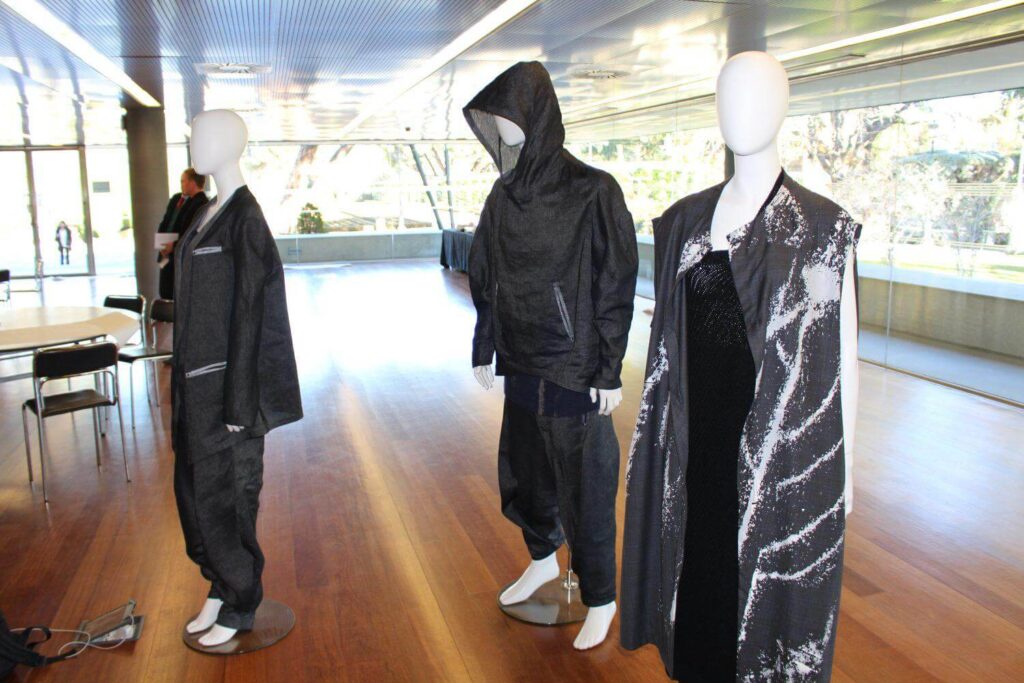
Sustainable Fashion Fights Back: New Models for Cleaner, Ethical Processes
Fast fashion seems impossible to resist, but its problematic practices disturb many. So conscious designers, entrepreneurs, non-profits, and ethical brands responded by trailblazing sustainable fashion – an approach seeking to balance style with moral and environmental stewardship across the entire clothes-making value chain.
The intersection of fast fashion and sustainable fashion reveals the complexities of balancing convenience and consciousness in the modern apparel industry. Embracing the synergy between fast fashion and sustainable fashion offers opportunities for innovation and responsible consumption.
Sustainable brands address pressing issues within the rag trade by innovating production methods and supply networks focused on four fundamental principles: material innovation, ethical manufacturing, quality-over-quantity design, and closed-loop circulation of textiles.
Eco-Friendly Fabrics Replace Virgin Materials
Unlike fast fashion’s reliance on oil to manufacture virgin poly-blends, sustainable companies avoid petrochemical-based textiles. Instead, they turn to plant-based and synthetic alternatives such as:
- Organic cotton – grown without pesticides or GMOs
- Lyocell/Tencel – made of fast-growing eucalyptus tree pulp
- Recycled polyester – transformed from old water bottles and fabrics
- Coffee ground fibers – repurposes waste from coffee production
Brands like Everlane partner with clean-energy suppliers for reduced-emissions production. Their ReNew fleece line is made entirely from recycled water bottles. Others like For Days take back old worn-out clothes to recycle into fresh new garments – creating a “circular” closed-loop textile model.
These innovations mean less pollution and wasted virgin resources on short-lived fashion trends. Yet brands must charge slightly higher prices to account for improved sourcing.
Transparency and Oversight to Protect Garment Workers
After tragic accidents like Rana Plaza, consumers demand increased transparency within fashion’s opaque, convoluted supply chains. Sustainable companies oblige through steps like:
- Publishing direct factory lists naming all contractors
- Providing worker demographic data on wages and hours
- Funding regular third-party audits observing conditions firsthand
- Joining multi-stakeholder organizations with labor unions and NGOs to establish safety standards and support collective bargaining
They reject risky unauthorized subcontracting, build long-term cooperative relationships with vendors, and screen potential partners rigorously regarding ethics. Policy violations prompt remediation processes or severed contracts if unaddressed.
While fast fashion hides behind intermediaries when problems surface, sustainable brands adopting full transparency assume accountability for ensuring every worker’s dignity and safety.
The debate between fast fashion and sustainable fashion gains momentum.
Durability Over Disposability
Rather than trendy pieces worn a few times, sustainable designers focus on versatile, high-quality basics like jeans, t-shirts, dresses, and jackets manufactured to endure years of use without falling apart. Some brands like Patagonia even provide repair services to extend garment lifespans further.
Using durable, resilient materials engineered for longevity and creating timeless classic styles over temporary novelty allows consumers to extract maximum value from purchases. People buy less when products stay fresh despite frequent wear.
Fast fashion and sustainable fashion embody contrasting values, with one emphasizing speed and affordability, and the other prioritizing durability and ethical production.
Textile Recycling, Rental and Resale
Once sustainably made clothes reach the end of their viable usage, brands implement take-back and recycling programs to regain materials for reuse rather than trashing items.
Firms like Levi’s offer customers 20% off future purchases for bringing in old denim. The RealReal consigns pre-owned luxury goods to fund the production of new sustainable collections in partnership with companies like Stella McCartney.
Alternatively, clothing rental services led by Rent the Runway allow people access to variety without personally owning fast-changing wardrobes. Users lease fashion by the week rather than purchasing. This generates fewer emissions as garments undergo reuse by multiple subscribers versus quick disposal.
The debate between fast fashion and sustainable fashion gains momentum.
Combined with eco-materials, ethical factories, and quality construction, these rebirth opportunities appoint sustainably made clothes for cyclical circulation rather than landfill demise.
Time For Accountability and Action
Through material, manufacturing, design, and end-of-life process interventions like those outlined above, trailblazing brands illuminated workable paths for cleaning up fashion’s pollutive production norms and taking responsibility for enabling ethical treatment within our interconnected human supply webs.
Still, skeptical critics argue that small startups can only force change by matching fast fashion’s dominance. Achieving sustainability at scale remains complex and competitive despite noble intentions.
The tension between fast fashion and sustainable fashion underscores the need for systemic change within the fashion industry to address issues of waste, exploitation, and environmental degradation..
The dichotomy between fast fashion and sustainable fashion underscores the ongoing debate within the fashion industry regarding the trade-offs between mass production and sustainability.
Can Sustainable Fashion Go Mainstream? Barriers to Mass Adoption
Sustainable fashion brands leading the charge for ethical processes and eco-friendly materials made significant inroads with conscious millennial and Gen Z demographics. Yet despite cultivating loyal followings, most green fashion companies still need to be locked as niche players needing more capacity and consumer buy-in to fully transform apparel’s deeply entrenched, gigantic, dirty industries.
The dichotomy between fast fashion and sustainable fashion prompts discussions on ethical manufacturing, material sourcing, and the longevity of clothing products.
For sustainably produced clothes to supersede fast fashion’s market dominance, the movement must cross several hurdles regarding competitive pricing, infrastructure complexity, and persuading an oft-skeptical wider public.
Pricing Parity Remains a Challenge
Survey data confirms that most shoppers prioritize affordability when deciding what to buy. Most aren’t willing or able to pay premium costs for feel-good sustainability factors like organic cotton or carbon-neutral shipping if alternatives exist at 50% less.
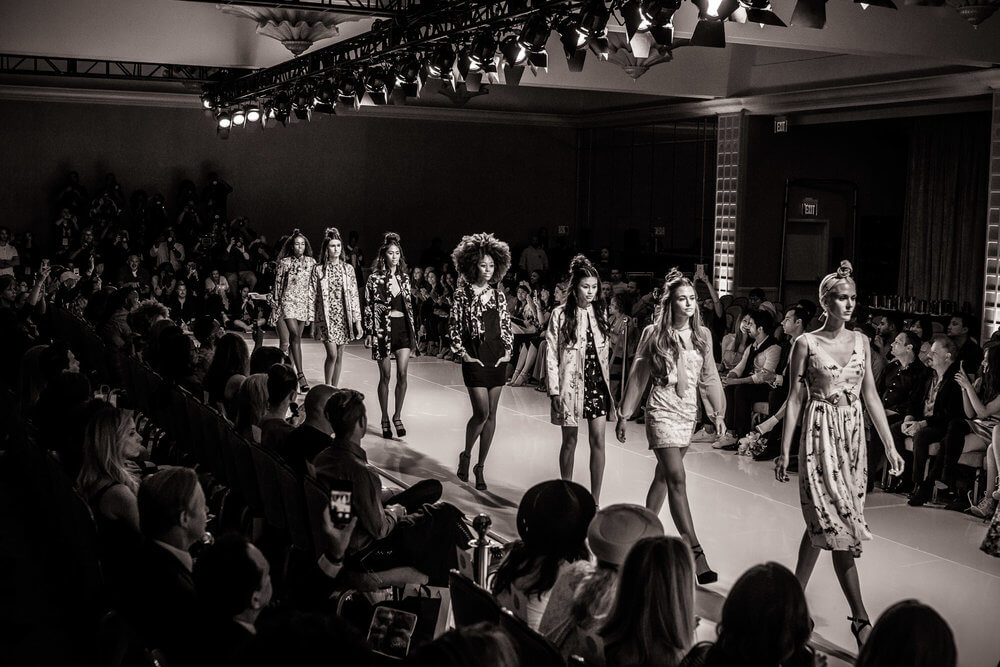
However, mandatory worker protections, eco-friendly materials, ethical sourcing practices, and recycling mechanisms frequently require higher prices to cover expenses. Difficulty achieving production volumes granting economies of scale like fast fashion juggernauts exacerbates margins further for the estimated ~3% of clothing made sustainably today.
The dichotomy between fast fashion and sustainable fashion underscores the ongoing debate within the fashion industry regarding the trade-offs between mass production and sustainability.
Infrastructure Complexity Hinders Rapid Growth
Fast fashion’s competitive advantage lies in seamlessly integrating overseas manufacturing hubs churning out clothing by the millions with logistics networks efficiently shuttling goods to metropolitan stores globally.
Navigating the dynamic landscape of fast fashion and sustainable fashion requires a nuanced understanding of their respective impacts on social, environmental, and economic systems.
Green fashion startups must match systems capabilities to replicate rapid-fire fast-fashion design cycles, even relying on digitally-printed fabrics. The road ahead remains challenging to compete at scale.
Shifting Mainstream Consumer Mindsets Proves Difficult
While the media spotlighted sustainability issues for years, surveys indicate that most shoppers worldwide prioritize low prices first when making apparel purchase decisions rather than social or environmental concerns.
The dichotomy between fast fashion and sustainable fashion underscores the ongoing debate within the fashion industry regarding the trade-offs between mass production and sustainability.
Until regulators reshape industry economics or consciousness evolves, analysts predict the average consumer will stick to supporting business as usual. This change may need nurturing beyond niche channels. Society requires compelling inspiration to demonstrate sustainable fashion as equally accessible, stylish, and convenient to existing norms.
Fast Fashion and Sustainable Fashion: A Side-by-Side Comparison
Understanding the stark differences between fast fashion and sustainable fashion is crucial for informed consumer choices.
While fast and ethical fashion aims to clothe people affordably, their business models diverge significantly. This table summarizes core differences across key attributes:
| Factor | Fast Fashion | Sustainable Fashion |
| Design Focus | Trend replication | Timeless, versatile style |
| Production Speed | Very rapid | Slower pace |
| Materials | Cheap virgin fabrics, polyester blends | Eco-friendly, recycled / organic textiles |
| Product Lifecycle | Disposable, wears out quickly | Durable construction for longevity |
| Pricing | Extremely cheap, massive volumes | Higher price points in smaller batches |
| Waste | High textile waste percentage | Closed-loop recycling systems to reclaim materials |
| Labor Ethics | Repeated exploitation revelations | Transparent supply chains with worker protections |
While fast fashion democratized access to quickly-changing style trends at rock-bottom pricing through ultra-efficient globalized supply chains, this business model externalized massive pollution, waste, and human costs.
Engaging in conversations about fast fashion and sustainable fashion fosters a deeper understanding of the interconnectedness between consumer behavior and global sustainability.
Fast Fashion and Sustainable Fashion, led by Inditex and H&M Group, comprises most worldwide apparel sales. Yet shifting millennial and Gen Z preferences signal opportunities for continued expansion of sustainability-marketed lines.
Conclusion: Fast Fashion and Sustainable Fashion
Balancing Affordability and Ethics: Fashion’s Complicated Future
The fast fashion versus sustainability debate illuminates complex dualities: accessibility versus accountability, speed versus conscience. Satisfying both proves difficult.
For decades, fast fashion brilliantly serviced voracious consumer demand for ever-changing looks that were affordable virtually everywhere. But achieving such scale hinged on exploitative labor, waste, and emissions to hit low prices.
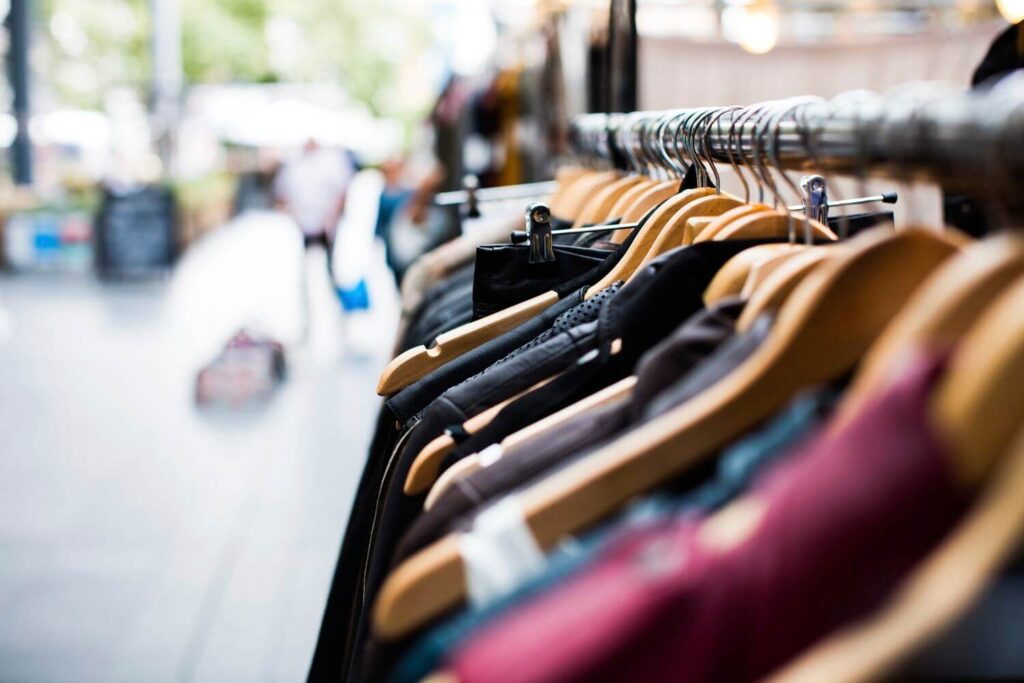
Fast fashion and sustainable fashion represent divergent philosophies, challenging consumers to consider not only the aesthetics of their clothing but also the broader implications of their choices on the planet and society.
Yet their lacked scale and premium pricing restricts reach beyond wealthier urbanites. Necessary high margins risk perpetuating fast fashion’s dominance unless government intervention offsets gaps.
Still, mindsets and infrastructure continue evolving incrementally. H&M and Zara launch eco-lines while donation take-back programs expand. Brand communications highlight sustainability merits more prominently as Gen Z favors ethics and transparency.
While the apparel industry’s unfinished metamorphosis towards cradle-to-cradle circulation and livable wages has slackened post-pandemic, production innovations and policy solutions advancing could accelerate change.
The road remains long, but grounds for realistic optimism exist. If consumers, brands, advocates, and government collaborate toward a shared vision, fashion can balance affordability and accountability at scale someday. But fees may also upward push with inside the process. In the ongoing dialogue between fast fashion and sustainable fashion, consumers are increasingly called upon to consider the long-term impacts of their purchasing decisions.
What lasting compromises between ideals and market forces ultimately shape fashion’s future? Consumers and voters collectively decide through purchasing power and the election of regulators to set boundaries and incentives. The path ahead remains ours to determine.
The dichotomy between fast fashion and sustainable fashion prompts discussions on ethical manufacturing, material sourcing, and the longevity of clothing products.

